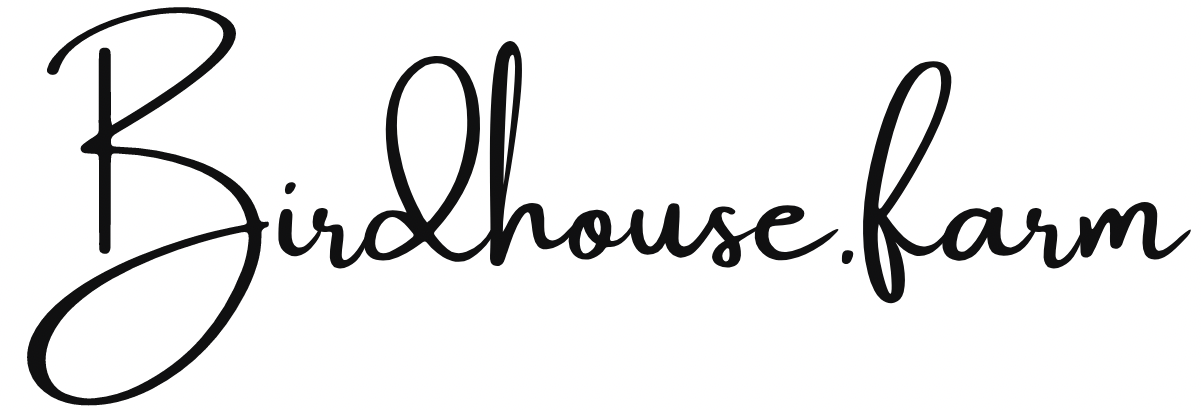Vegetable Planting Guide Based on Temperature, Rainfall, and More
Planting vegetables at the right time is crucial for a healthy and productive garden. The ideal planting time depends on various factors, such as soil temperature, air temperature, rainfall, and frost dates. Here's a comprehensive guide to help you determine when to plant different vegetables based on these conditions:
General Planting Timeline
Frost Dates:
The first and last frost dates are the foundation for determining when to plant. In Stafford, KS, the last frost date is typically mid-April, and the first frost happens around late October. Adjust these dates depending on your local climate and zone.Early Spring (Cool-Season Crops): Plant 2-4 weeks before the last frost date. These crops can tolerate a light frost.
Late Spring (Warm-Season Crops): Plant after the last frost date to avoid damage from cold weather.
When to Start Planting Vegetables
Cool-Season Vegetables
These crops thrive in cooler temperatures (40-75°F) and can tolerate frost. Ideal for planting in early spring or late summer.
Lettuce, Spinach, Kale, Swiss Chard
Soil Temp: 40-50°F
Planting Time: 2-4 weeks before the last frost date (Mid-April in Stafford).
Tip: These crops can survive light frosts, so don’t worry if you’re planting early in the season.
Radishes, Carrots, Beets, Turnips
Soil Temp: 40-55°F
Planting Time: 2-4 weeks before the last frost date.
Tip: Radishes mature quickly, so you can start early for a quick harvest.
Peas (Snap, Snow, Shelling)
Soil Temp: 45-60°F
Planting Time: 2-4 weeks before the last frost date.
Tip: Peas are best planted early because they thrive in cooler weather.
Brassicas (Broccoli, Cauliflower, Cabbage, Brussels Sprouts)
Soil Temp: 45-50°F
Planting Time: 4 weeks before the last frost date (for seedlings)
Tip: Planting these crops early ensures they grow before the heat of summer.
Warm-Season Vegetables
These crops thrive in warmer temperatures (60-95°F) and should be planted after the threat of frost has passed.
Tomatoes, Peppers, Eggplant
Soil Temp: 60-70°F
Air Temp: 70-90°F
Planting Time: After the last frost date (Mid-May in Stafford).
Tip: Transplant seedlings into the garden when daytime temperatures are consistently warm.
Cucumbers, Squash, Zucchini
Soil Temp: 60-70°F
Air Temp: 70-95°F
Planting Time: 1-2 weeks after the last frost date.
Tip: These plants prefer warmth, so ensure the soil is adequately warm before planting.
Beans (Bush and Pole)
Soil Temp: 60-70°F
Planting Time: After the last frost date, when soil has warmed.
Tip: Beans are sensitive to cold soil, so wait until the weather has warmed up to avoid stunted growth.
Corn
Soil Temp: 60°F
Air Temp: 70-95°F
Planting Time: 1-2 weeks after the last frost date.
Tip: Corn needs a warm soil temperature for optimal growth.
Okra
Soil Temp: 65°F
Air Temp: 75-95°F
Planting Time: After the last frost date, when soil has warmed.
Tip: Okra is heat-loving, so make sure the weather is consistently warm before planting.
Soil Temperature and Rainfall Considerations
Soil Temperature:
Soil temperature is essential for seed germination and root development. Use a soil thermometer to measure the temperature.
Below 40°F: Too cold for most seeds to germinate. Wait until the soil warms up.
40-50°F: Ideal for cool-season crops.
50-65°F: Good for many vegetables, such as root crops and leafy greens.
65°F and above: Ideal for warm-season crops like tomatoes, beans, and squash.
Rainfall:
Adequate moisture is essential, especially during the planting season.
Consistent Moisture: Aim for 1-2 inches of water per week, either from rainfall or irrigation.
Overwatering: Too much water can drown seeds and create fungal diseases. Ensure proper drainage in your garden.
Dry Conditions: Water plants deeply during dry spells, especially for newly planted seeds or seedlings.
Final Tips:
Frost Protection: Even after the last frost date, you might experience a late-season cold snap. Use row covers or cloches to protect young plants from unexpected frosts.
Season Extension: Consider using cold frames or greenhouses to extend your growing season for cool-season crops.
By monitoring soil temperature, air temperature, and rainfall, you'll be able to plant your vegetables at the optimal time for success. Follow this guide, and you'll enjoy a bountiful harvest throughout the growing season!
